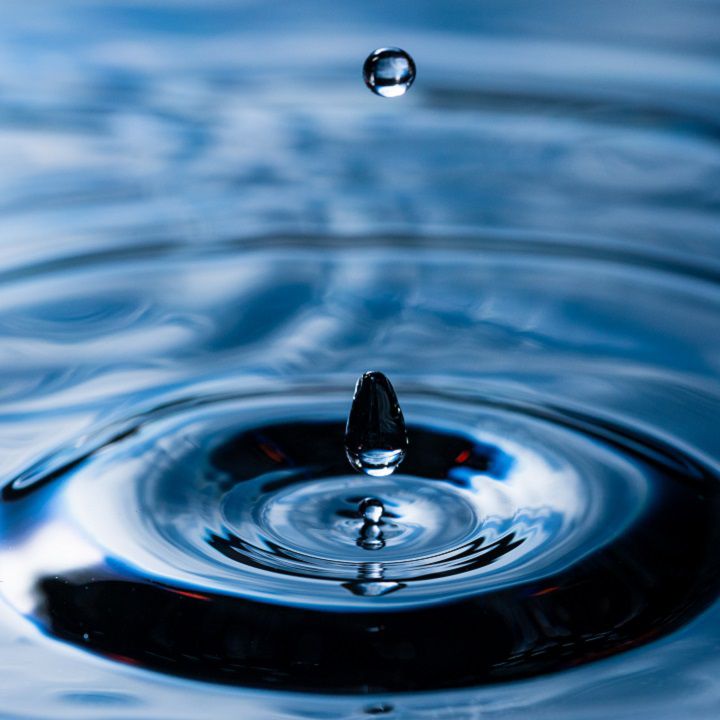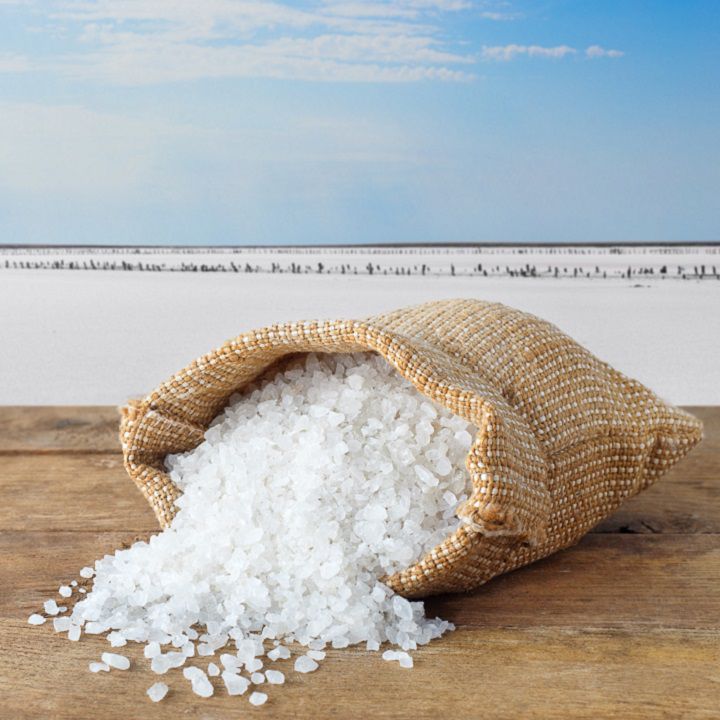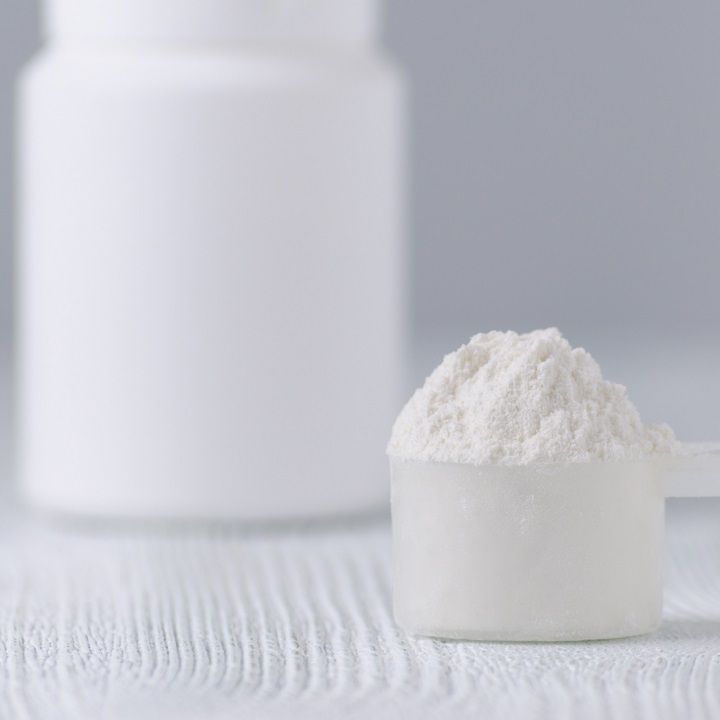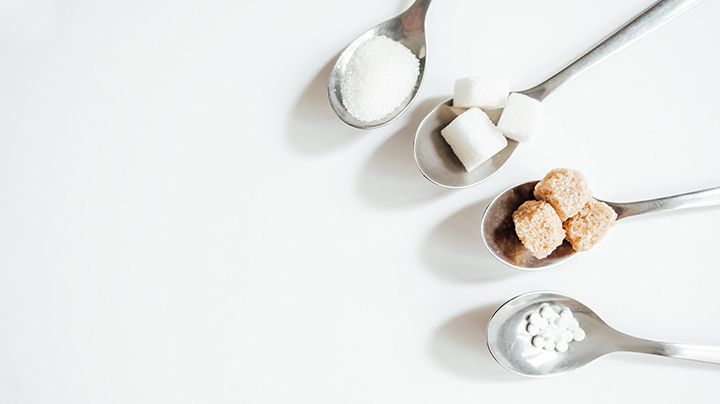Dairy
Enabling the production of milk and dairy ingredients around the world.
Dairy concentrating and separating solutions
On a global scale, milk and milk-derived dairy products are some of our most important forms of nutrition. Milk is a complex mixture of fats, proteins, lactose, and minerals in water. Concentrating the milk for drinking and separating out the essential ingredients, such as milk powder, whey protein, lactose, and other nutrients, enables products from milk and cheese to infant formula and protein shakes.
Dairy processing may involve several separation, concentration, and purification steps requiring nanofiltration, reverse osmosis membranes, and ion exchange resins. Reverse osmosis elements are primarily used to concentrate milk into milk powder, whey protein, and lactose powder. Nanofiltration elements are used to reduce salts and minerals in the production of whey protein and lactose for high purity products.
DuPont, with over 40 years of experience in the dairy industry, provides full-fit sanitary spiral wound, FilmTec™ Hypershell™ elements as well as ion exchange resins to help you process milk into the essential foods and ingredients we use every day.
Energy efficient dairy processing solutions to meet productivity and quality goals
Concentration of milk, whey, and lactose with reverse osmosis FilmTec™ Hypershell™ elements
In the dairy processing industry, reverse osmosis membrane technology enables efficient water removal from milk and whey streams.
Our solutions address:
- Dewatering and concentration of milk, whey and lactose to reduce product volume and enable savings on transportation and storage costs.
- Concentration of process streams to reduce evaporator loads and energy costs for powdered product production.

Removal of salts with nanofiltration FilmTec™ Hypershell™ elements and DuPont™ AmberLite™ ion exchange resins
Nanofiltration membrane technologies are designed for the separation of divalent and monovalent ions, making them an excellent choice for lactose and whey demineralization.
Ion exchange resins can be used to further demineralize the products down to microsiemens per centimeter level.
Our solutions address:
- Partial demineralization to enhance nutritional value.
- High-level purification for infant formula.
- Softening of dairy feeds to avoid downstream precipitation in membrane and evaporator operations (CaPO4 hardness removal).

Lactose separation and purification with nanofiltration FilmTec™ Hypershell™ elements and DuPont™ AmberLite™ ion exchange resins
Selective separation through nanofiltration membrane technology as a stand-alone process or in conjunction with evaporation offers various advantages for the dairy industry. This includes savings on capital and operating costs, as well as operating at a lower temperature without compromising nutritional and flavor properties.
Purification and recovery of valuable products such as lactose and lactose derivatives can be achieved by using advanced DuPont™ AmberLite™ ion exchange resins. These resins are designed to be used in simulated moving beds and separate sugars.
Our solutions address:
- Separation of lactose from milk enabling lactose-free products and recovery of lactose as a separate product stream.
- Purification and recovery of lactose derivatives: galacto-oligosaccharides (GOS), tagatose, lactulose, and galactose.
View all purification & separation products in our product finder.

Improve effluent quality and reduce wastewater discharge with reverse osmosis FilmTec™ Hypershell™ elements
In the dairy industry, significant amounts of water are removed by using membrane or evaporation processes. This water usually contains trace organics like acids, amino acids, and lactose. The chemical oxygen demand (COD)/biochemical oxygen demand (BOD) in some cases presents regulatory challenges for wastewater disposal.
By using an additional reverse osmosis treatment, the BOD/COD can be substantially reduced. This process is referred to as polishing and the resulting permeate from this stage can be disposed or reused.
Our solutions address:
- Reverse osmosis/nanofiltration permeates and evaporator condensate from milk/whey concentration.
- High active membrane area that allows system design with either lower operating flux or cost savings from fewer membrane elements.
- Heat-sanitizable products up to 85ºC, eliminating the need for chemicals.

-
Concentration
Concentration of milk, whey, and lactose with reverse osmosis FilmTec™ Hypershell™ elements
In the dairy processing industry, reverse osmosis membrane technology enables efficient water removal from milk and whey streams.
Our solutions address:
- Dewatering and concentration of milk, whey and lactose to reduce product volume and enable savings on transportation and storage costs.
- Concentration of process streams to reduce evaporator loads and energy costs for powdered product production.
-
Demineralization
Removal of salts with nanofiltration FilmTec™ Hypershell™ elements and DuPont™ AmberLite™ ion exchange resins
Nanofiltration membrane technologies are designed for the separation of divalent and monovalent ions, making them an excellent choice for lactose and whey demineralization.
Ion exchange resins can be used to further demineralize the products down to microsiemens per centimeter level.
Our solutions address:
- Partial demineralization to enhance nutritional value.
- High-level purification for infant formula.
- Softening of dairy feeds to avoid downstream precipitation in membrane and evaporator operations (CaPO4 hardness removal).
-
Purification & Separation
Lactose separation and purification with nanofiltration FilmTec™ Hypershell™ elements and DuPont™ AmberLite™ ion exchange resins
Selective separation through nanofiltration membrane technology as a stand-alone process or in conjunction with evaporation offers various advantages for the dairy industry. This includes savings on capital and operating costs, as well as operating at a lower temperature without compromising nutritional and flavor properties.
Purification and recovery of valuable products such as lactose and lactose derivatives can be achieved by using advanced DuPont™ AmberLite™ ion exchange resins. These resins are designed to be used in simulated moving beds and separate sugars.
Our solutions address:
- Separation of lactose from milk enabling lactose-free products and recovery of lactose as a separate product stream.
- Purification and recovery of lactose derivatives: galacto-oligosaccharides (GOS), tagatose, lactulose, and galactose.
View all purification & separation products in our product finder.
-
Polishing
Improve effluent quality and reduce wastewater discharge with reverse osmosis FilmTec™ Hypershell™ elements
In the dairy industry, significant amounts of water are removed by using membrane or evaporation processes. This water usually contains trace organics like acids, amino acids, and lactose. The chemical oxygen demand (COD)/biochemical oxygen demand (BOD) in some cases presents regulatory challenges for wastewater disposal.
By using an additional reverse osmosis treatment, the BOD/COD can be substantially reduced. This process is referred to as polishing and the resulting permeate from this stage can be disposed or reused.
Our solutions address:
- Reverse osmosis/nanofiltration permeates and evaporator condensate from milk/whey concentration.
- High active membrane area that allows system design with either lower operating flux or cost savings from fewer membrane elements.
- Heat-sanitizable products up to 85ºC, eliminating the need for chemicals.
Find products for the dairy industry
View a list of products suitable for dairy processing.
Explore other food & beverage applications

Our ion exchange resin and membrane technologies can be leveraged to help produce cost-effective, high-performance sweeteners such as glucose, fructose, allulose, and sorbitol.

Our full selection of high-quality strong acid cation and weak base anion ion exchange resins help tackle the challenging processing conditions that come with synthesizing organic and amino acids.

DuPont is a leading provider of purification technologies for liquid beverages. Our resin and membrane technologies help beverage producers improve safety, lower shipping costs, and enhance product health benefits.
Related resources
See what’s possible
Ask how our advanced technologies can bring solutions to the dairy industry.
